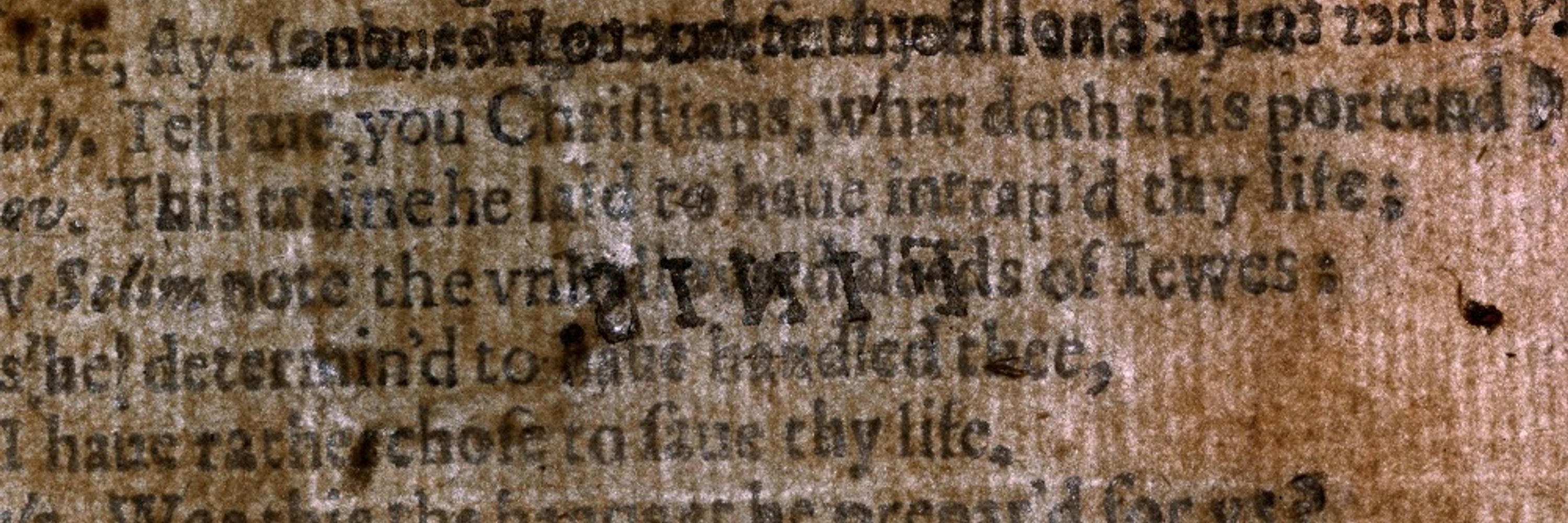
notevenpast.org/primary-sour...

notevenpast.org/primary-sour...
the images will form part of MILTON'S LIBRARY, an open-access site featuring the 10 books positively identified as milton's w/ transcriptions/translations of his marginal notes.
![A close-up image of a handwritten note in a sixteenth-century book. The note reads: 'Spenser repor / teth otherwise / [o]f this Knight / [D]ialogue of Ire- / [la]nd / [p]. 76.](https://cdn.bsky.app/img/feed_thumbnail/plain/did:plc:glqdunvigi5zxowf6heik65g/bafkreigi4rz7omz3cell5pa7hlyceoxd4fxsjy2ynmcd37fozanjejhsry@jpeg)
the images will form part of MILTON'S LIBRARY, an open-access site featuring the 10 books positively identified as milton's w/ transcriptions/translations of his marginal notes.






#bookhistory
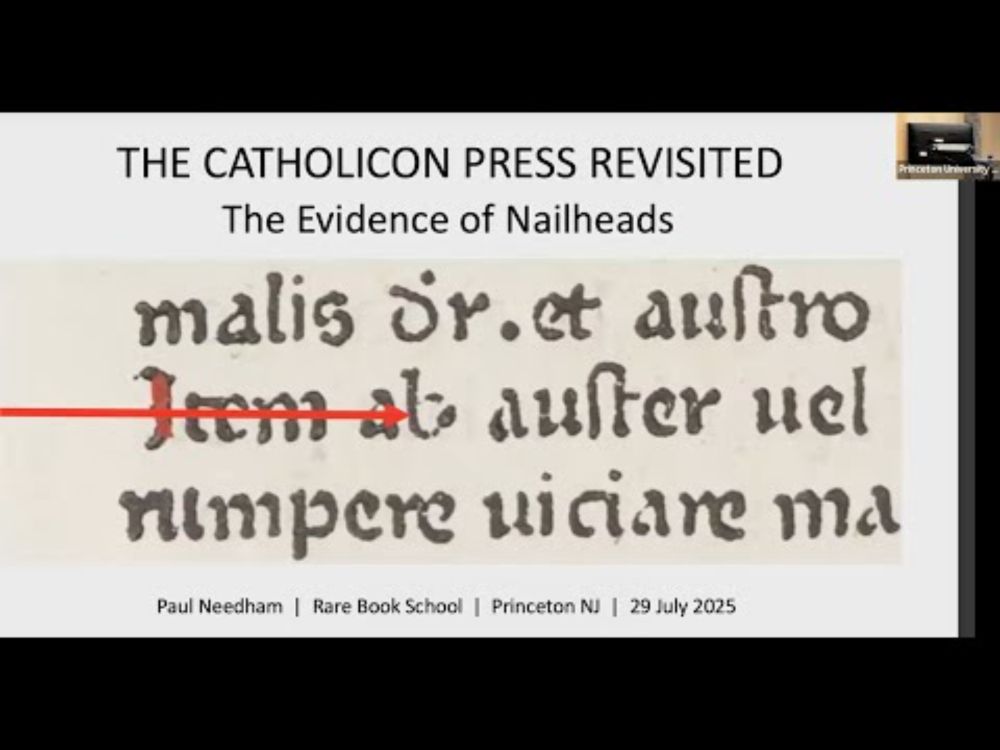
Books were collated. Formats were determined—and in some cases deemed undeterminable.
Join me next year!
Books were collated. Formats were determined—and in some cases deemed undeterminable.
Join me next year!
The variants are even crazier than they were last year. How many issues of the edition are there? Variants? What’s an ideal copy? What the hell is the format?
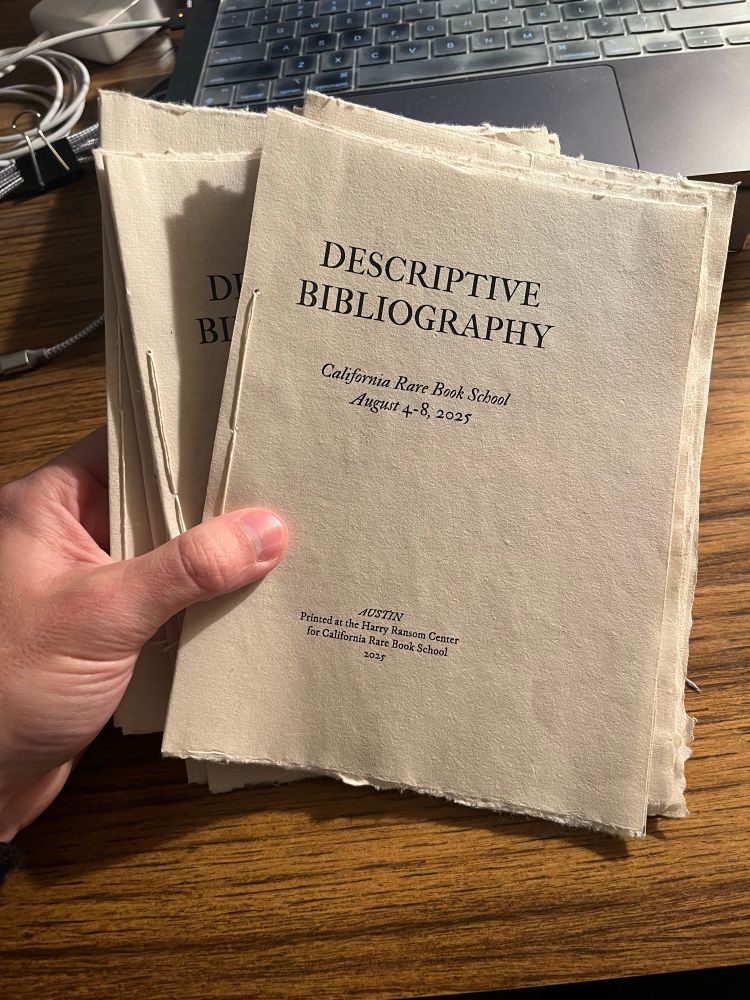
The variants are even crazier than they were last year. How many issues of the edition are there? Variants? What’s an ideal copy? What the hell is the format?
@nytimes.com
www.nytimes.com/2025/07/24/u...


Here’s a detail from one of the pages on display. It shows a scrape-and-replace correction to 1 Chronicles (1 Paralipomenon) 1:21.
An error, the printed text read, “et de ela ebal.” A scribe got it to “et decla ebal.”
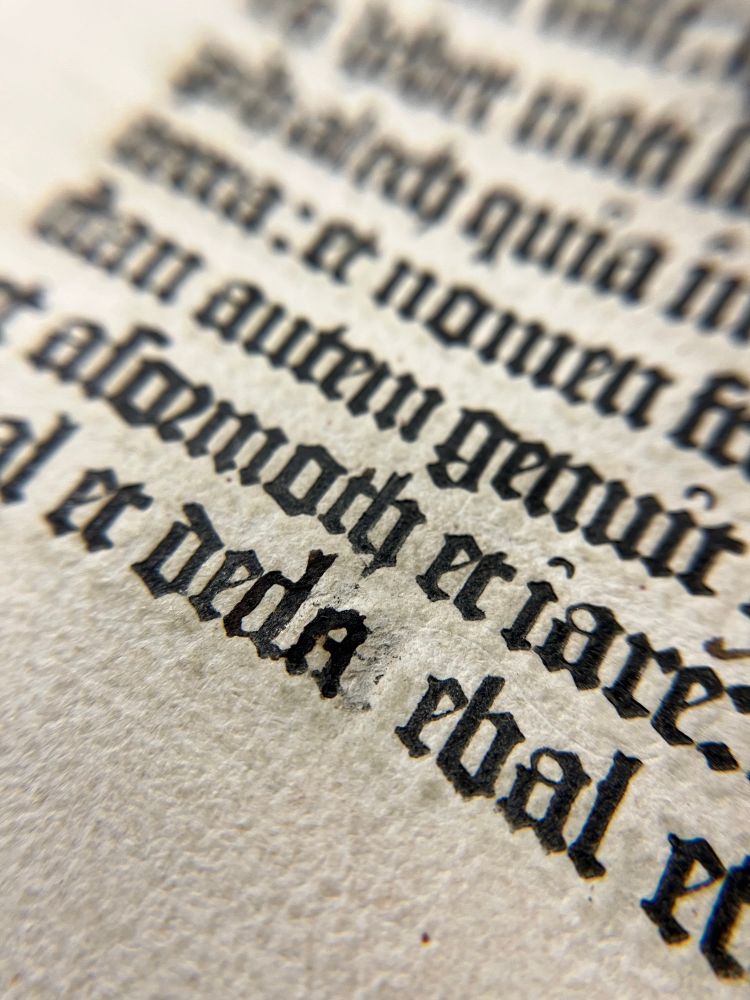
Here’s a detail from one of the pages on display. It shows a scrape-and-replace correction to 1 Chronicles (1 Paralipomenon) 1:21.
An error, the printed text read, “et de ela ebal.” A scribe got it to “et decla ebal.”
news.artnet.com/market/clara...
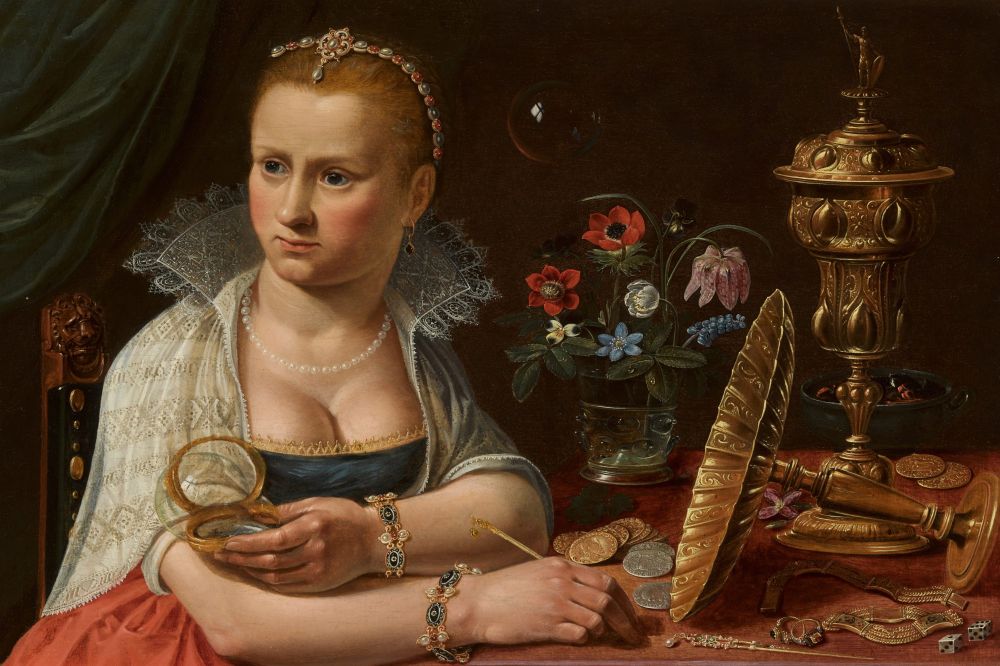
news.artnet.com/market/clara...
Items include…
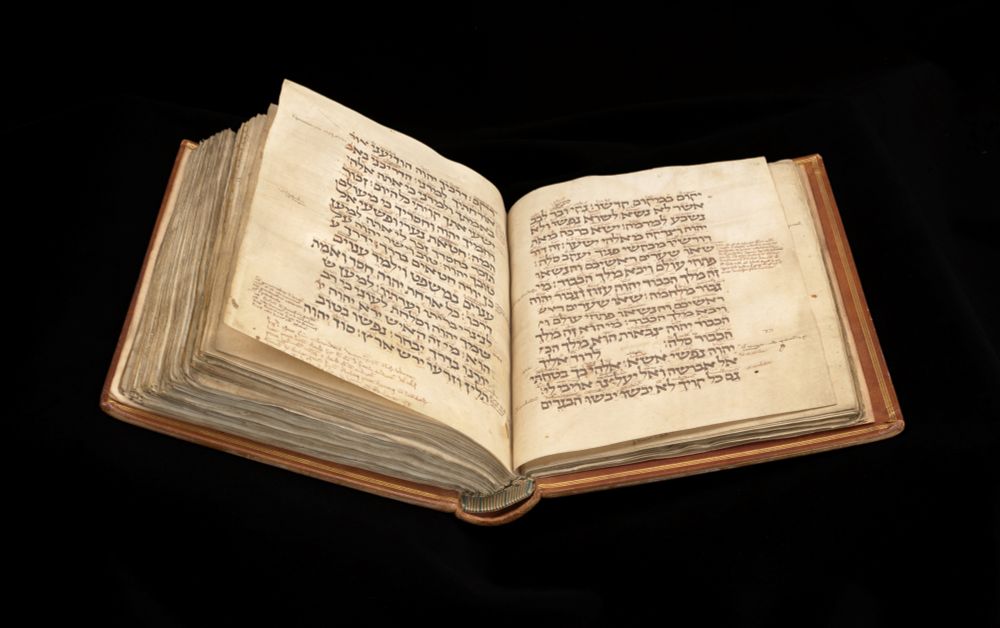
Items include…
quod.lib.umich.edu/cgi/t/text/i...
quod.lib.umich.edu/cgi/t/text/i...
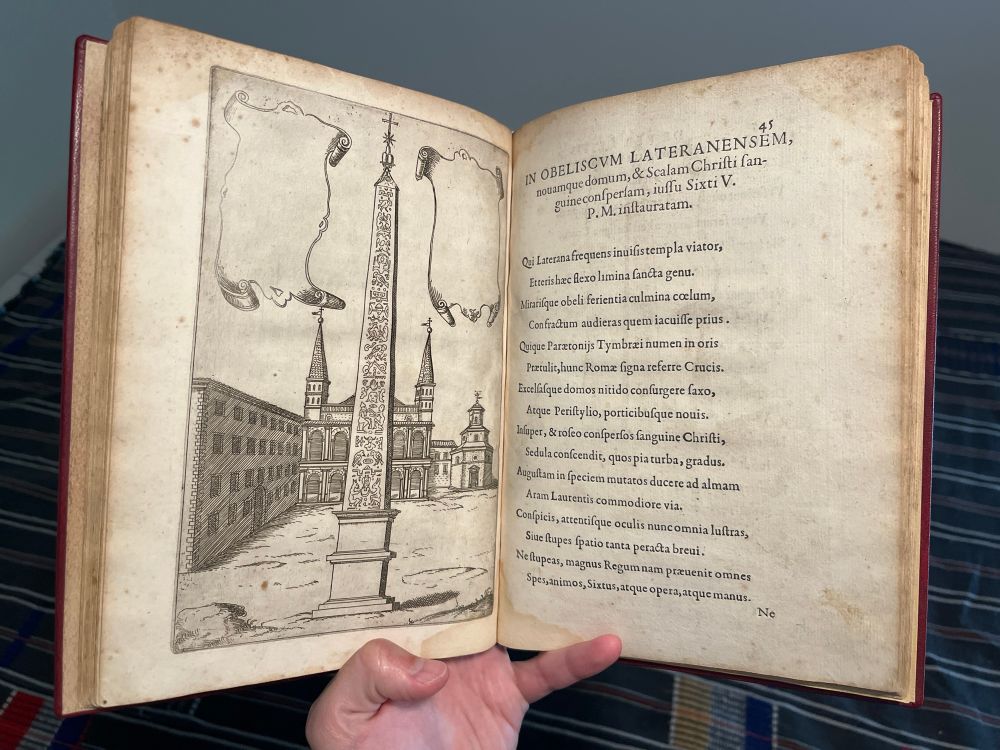
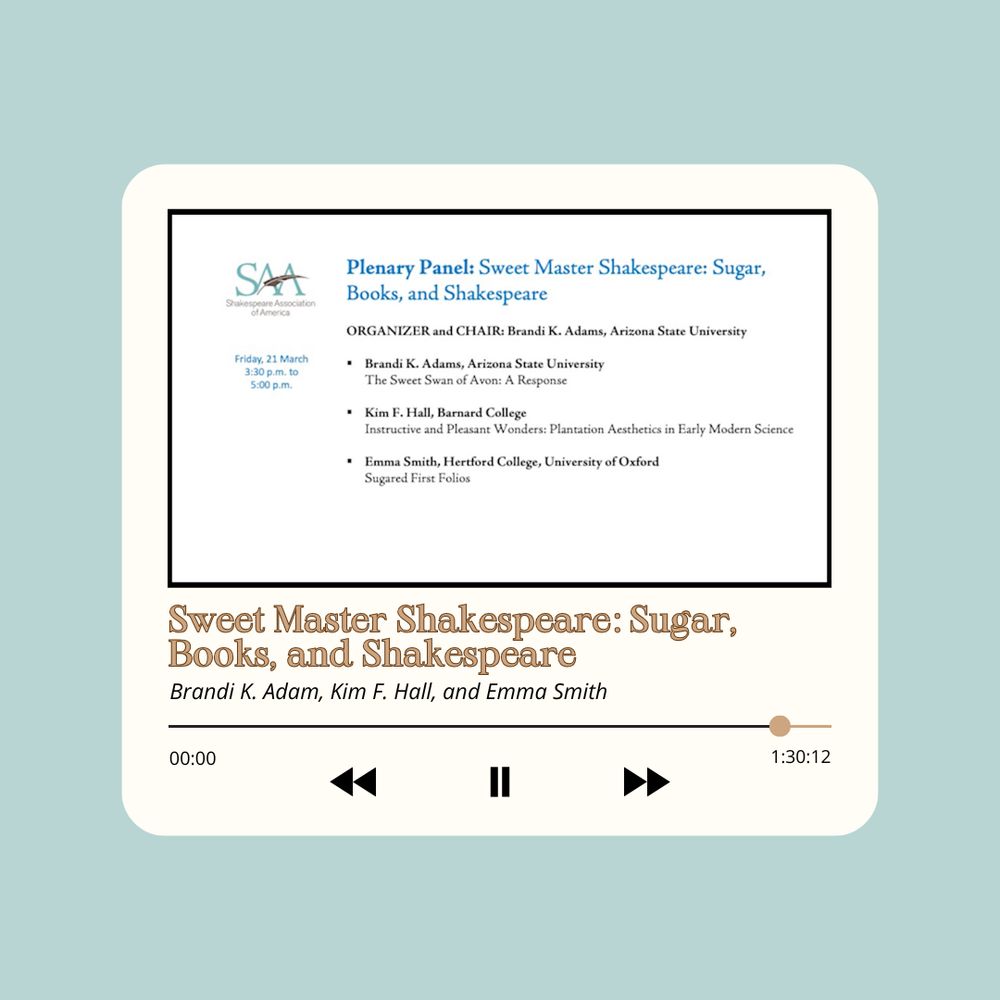
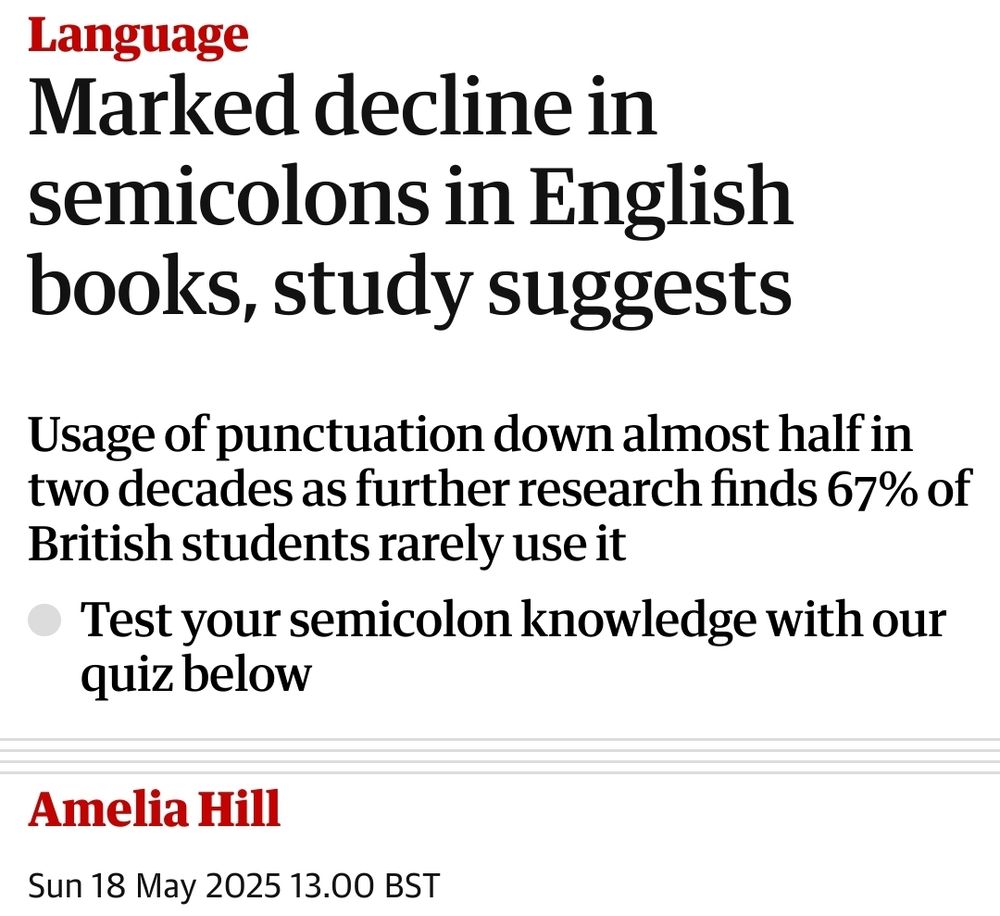
newvariorumshakespeare.org/news/
You can find it by scrolling down to the April 2, 2025 news item about my visit.
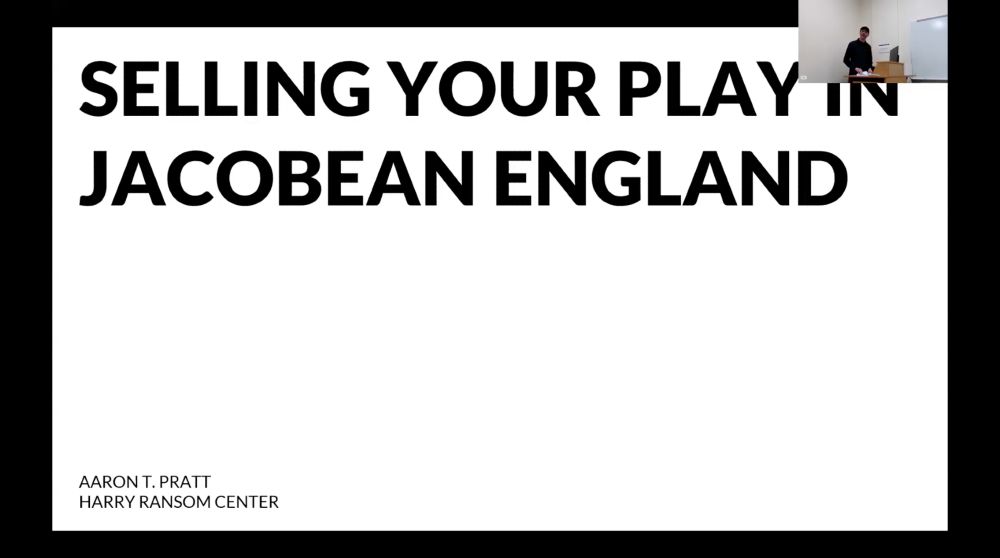
newvariorumshakespeare.org/news/
You can find it by scrolling down to the April 2, 2025 news item about my visit.
datb.cerl.org/estc
datb.cerl.org/estc

We're teaming up @thejohnrylands.bsky.social—w/ help from the Manchester Museum—to explore the cultural landscape of the Greco-Roman era through papyri, art, and artifacts.

We're teaming up @thejohnrylands.bsky.social—w/ help from the Manchester Museum—to explore the cultural landscape of the Greco-Roman era through papyri, art, and artifacts.

